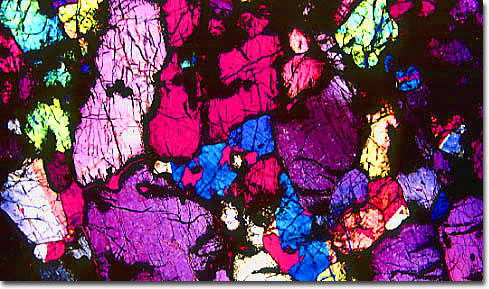|
The vast majority of meteorites that have fallen to the Earth are generally believed to be asteroid fragments, a conviction supported by a significant amount of scientific research. Indeed, according to most studies, less than one percent of all meteorites come from other sources, such as the moon or Mars. First discovered in 1801 by the Italian astronomer Giuseppe Piazzi, asteroids are relatively small celestial bodies that revolve around the sun, their orbits predominantly lying between the planets Mars and Jupiter. Asteroids in the solar system are numerous and most are less than 1,000 kilometers in diameter, characteristics that have contributed to the fact that they are often referred to as minor planets or planetoids. At least 200 asteroids have been recognized that periodically intersect the Earth’s orbit, some having collided with the planet in the distant past, and others in recent times passing very close to it. In 2002, a small asteroid traveled within 75,000 miles of the Earth’s surface, a distance that is approximately equivalent to one third of the distance between Earth and the moon.
|
